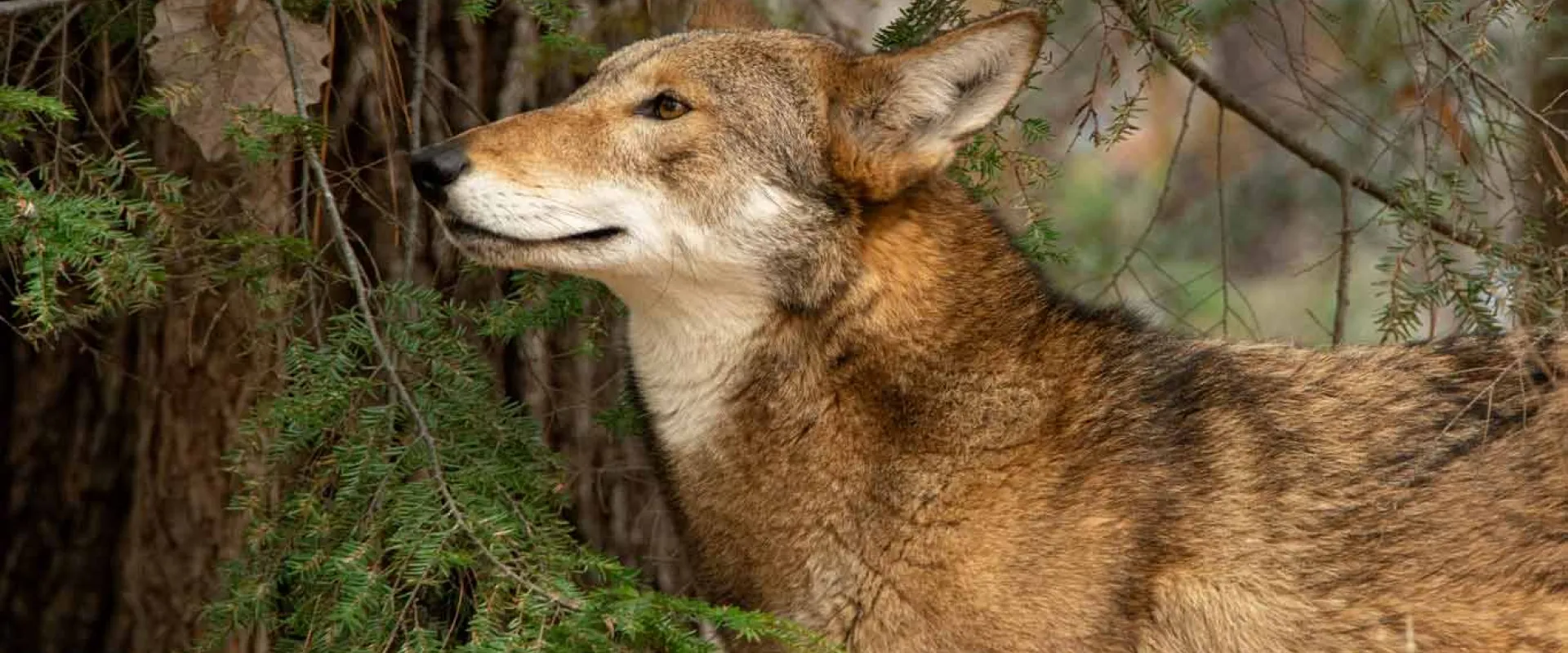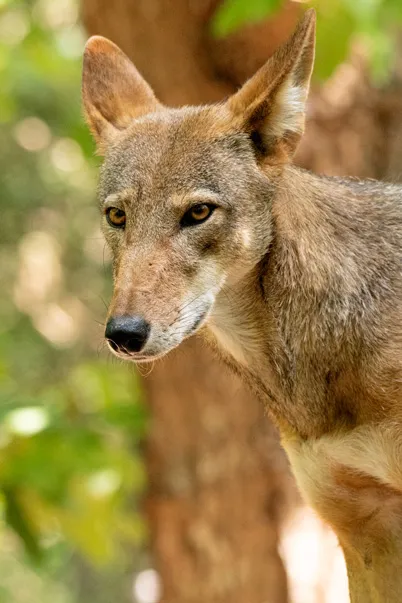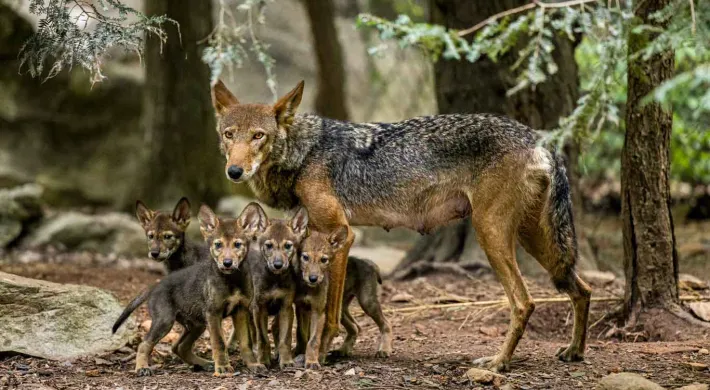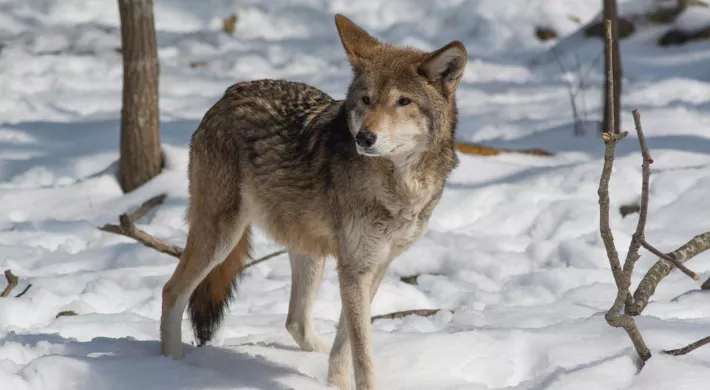Did you know the only place you can see American red wolves in the wild is in northeastern North Carolina? Learn more about red wolves.
The North Carolina Zoo provides large, natural areas away from the public eye for the reclusive red wolves to breed. Red wolf mates are paired based on genetics to produce healthy offspring. This managed breeding program is vital to the survival of the species.
North Carolina Zoo fills a central role in efforts to save the American red wolf from extinction. Once the southeastern United States’ apex predator, red wolf populations have declined so dramatically that the species now depends on captive breeding to maintain a healthy, genetically viable population. By housing the second largest pack of breeding red wolves in the world, the Zoo are helping to ensure the survival of this species. The Zoo also plays a coordinating role in the larger American Red Wolf Recovery Program that includes 43 other institutional partners. This role involves spearheading landowner outreach in eastern North Carolina where the last 20-30 wild red wolves live, and searching for a second recovery area where this iconic species can once again fill its rightful place in the wild. You can read more about the Zoo’s work on red wolves below, under related resources.
- Lifelong mated pair and some of their pups make up a pack of around eight individuals.
- Beyond howls, red wolves communicate through scent marking, facial expressions, and body posture.
- They are "crepuscular" - more active at dawn and dusk.
- Extinct in Wild (EW)
- Critically Endangered (CR)
- Endangered (EN)
- Vulnerable (VU)
- Near Threatened (NT)
- Least Concern (LC)
- Not Evaluated (NE)



